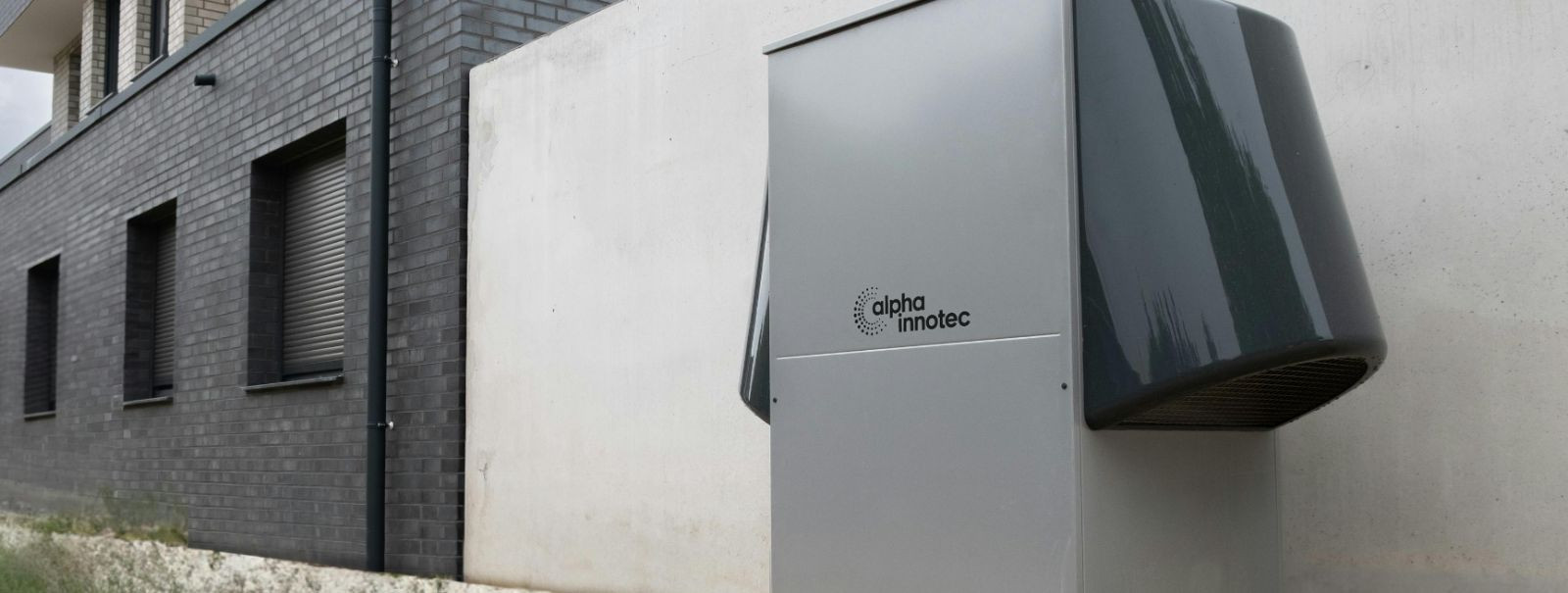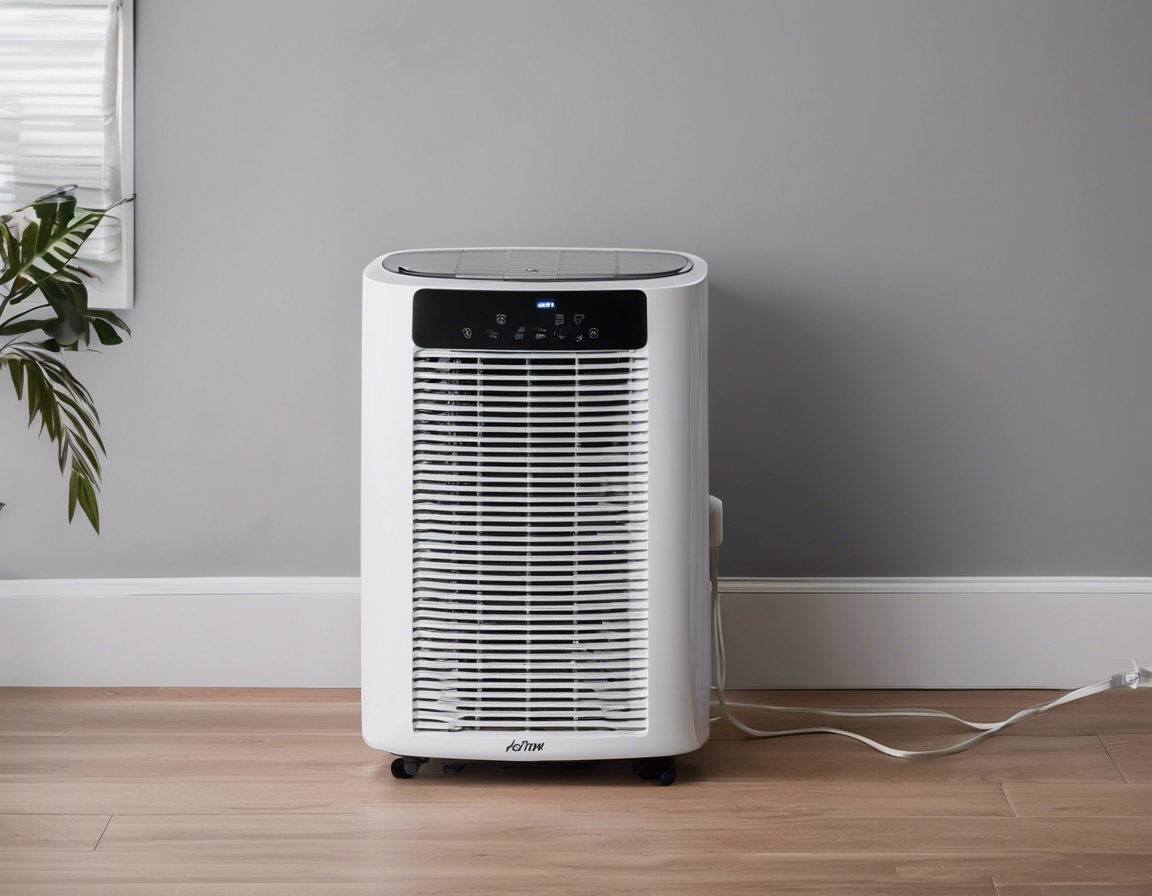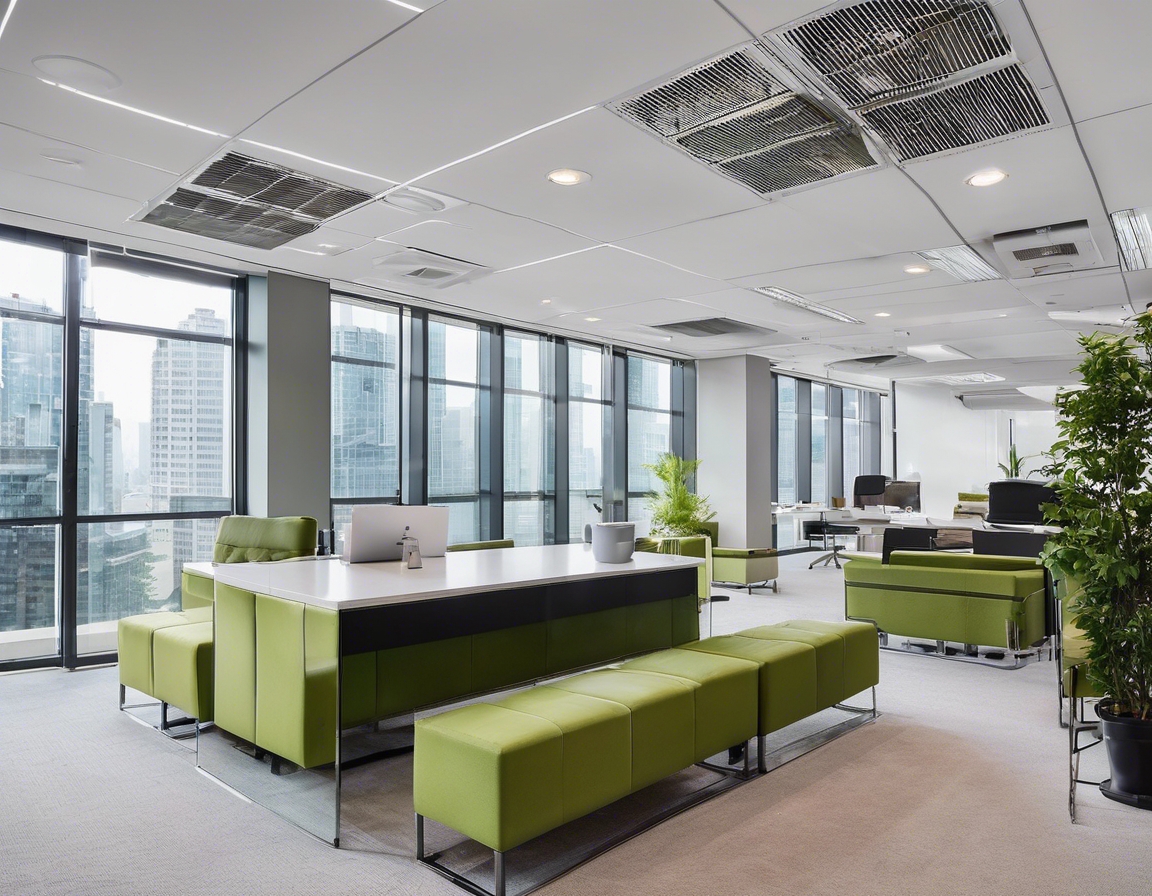Energy efficiency: the future of climate control
As the world becomes increasingly aware of the environmental impact of energy consumption, the focus on energy efficiency in climate control systems has never been more critical. In Estonia, particularly in the Harjumaa region, homeowners and businesses are seeking ways to reduce their carbon footprint while maintaining comfortable indoor environments. Energy-efficient heating and air conditioning solutions are at the forefront of this movement, offering both environmental and economic benefits.
2. The Importance of Energy Efficiency
Energy efficiency plays a crucial role in reducing greenhouse gas emissions, which are a significant contributor to climate change. By optimizing the energy use of climate control systems, we can significantly decrease the amount of fossil fuels burned for electricity and heating, thus reducing the overall carbon footprint.
Beyond environmental benefits, energy efficiency also offers substantial economic advantages. Energy-efficient systems can lead to significant cost savings on utility bills. Over time, these savings can offset the initial investment in energy-efficient technology, providing long-term financial benefits for both homeowners and businesses.
3. Innovative Technologies in Climate Control
Smart thermostats are revolutionizing the way we control indoor climates. These devices learn user preferences and adjust heating and cooling schedules accordingly, optimizing energy use without sacrificing comfort. They can be controlled remotely via smartphones, allowing users to manage their energy consumption even when they are away from home or the office.
Heat pumps are an energy-efficient alternative to traditional heating and cooling systems. They work by transferring heat from one place to another, rather than generating heat directly. This process requires less energy, making heat pumps a sustainable choice for climate control in both residential and commercial settings.
Energy Recovery Ventilation (ERV) systems are designed to improve indoor air quality while minimizing energy loss. These systems recover energy from exhausted air and use it to condition incoming fresh air, maintaining a comfortable indoor environment with reduced energy consumption.
4. Implementing Energy Efficiency in Homes and Businesses
Conducting an energy audit is the first step towards improving energy efficiency. An audit assesses the current energy use of a building and identifies areas where improvements can be made. This process helps homeowners and businesses understand their energy consumption patterns and make informed decisions about upgrades and retrofits.
Retrofitting involves upgrading existing climate control systems to improve their energy efficiency. This can include installing new components, such as high-efficiency compressors or variable speed drives, or integrating advanced control systems that optimize performance.
When selecting new climate control equipment, it's essential to consider energy efficiency ratings and certifications. Look for products with high Seasonal Energy Efficiency Ratios (SEER) or Energy Star certifications, which indicate superior energy performance.
5. The Role of KLIIMATREK OÜ in Promoting Energy Efficiency
KLIIMATREK OÜ is committed to helping homeowners and businesses in Estonia achieve their energy efficiency goals. With a focus on sustainable solutions, KLIIMATREK OÜ offers expert advice, installation, and maintenance services for a wide range of energy-efficient heating and air conditioning systems. By partnering with KLIIMATREK OÜ, you can ensure that your climate control systems are optimized for both performance and sustainability.






Comments (0)